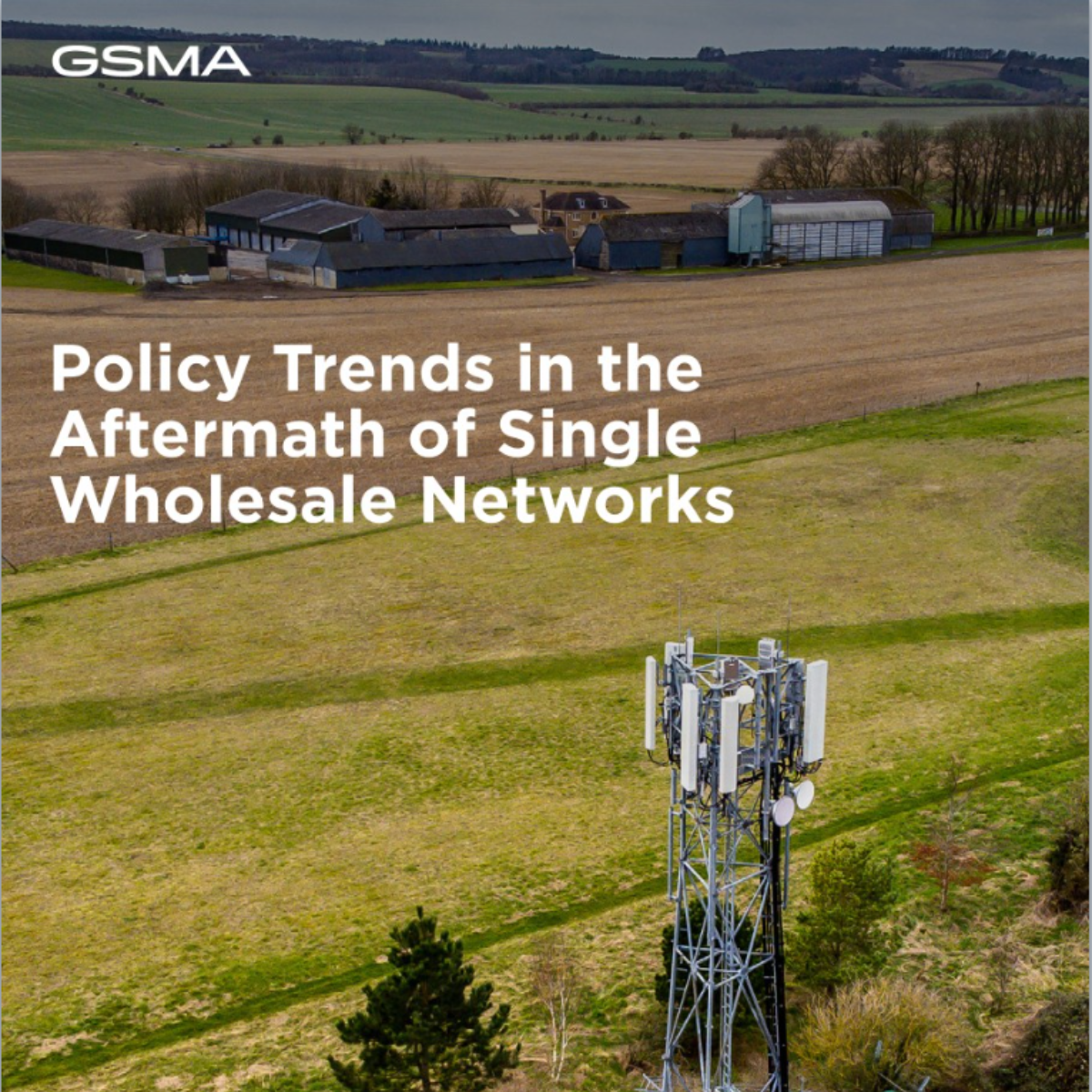The World Radiocommunication Conference 2023 (WRC-23) concluded on 15th Dec
The World Radiocommunication Conference 2023 (WRC-23) concluded on 15th Dec with groundbreaking spectrum decisions that will shape the future of mobile communications. Governments agreed on new mobile low-band spectrum (below 1 GHz) and mid-band spectrum in the 3.5 GHz and 6 GHz ranges.
WRC-23 has provided a clear roadmap for mobile services to continue to evolve and expand for the benefit of billions across the globe.
Final harmonisation of the 3.5 GHz band (3.3-3.8 GHz) – the pioneer 5G band – was achieved across Europe, the Middle East and Africa (EMEA) as well as throughout the Americas. Notably, a new band – the 6 GHz band (6.425-7.125 GHz) – was identified for mobile in every ITU Region – EMEA, the Americas and the Asia Pacific. Countries representing more than 60% of the world’s population asked to be included in the identification of this band for licensed mobile at WRC-23. The 6 GHz spectrum is now the harmonised home for the expansion of mobile capacity for 5G-Advanced and beyond.
The WRC-23 also allocated the mobile use of more low-band spectrum in the 470-694 MHz band in EMEA for mobile services, a move that will enable the greater delivery of services in rural areas.
GSOA On Satellite spectrum, overall positive results which will continue to foster the incredible innovation and growth of the satellite industry, with the opening up of more spectrum for mobility applications, increasing operational flexibility and safeguard of core C and Ku-band spectrum.
Now onto the next 4-years study cycle which will be very busy for the satellite industry, with a large number of Agenda Items to be studied for 2027, including:
- Small antennas in 13.75-14 GHz band
- ESIM in Q/V Bands (GSO and non-GSO
- Non-GSO Gateways in 51 GHz
- 17 GHz alignment in Regions 1 and & 3 with Region 2
- Explicit agreement for non-GSO systems
- Equitable access in Q/V band
- Possible new spectrum allocations for MSS, some for links to IMT devices (ie. NTN)
- MSS space-to-space links
- IMT identification
SpaceX finally received authorisation to test direct-to-device technology. 180 days of tests that will involve 840 satellites and 2000 test devices on the ground. WRC23 just approved a new Agenda Item to study this matter on time for WRC27. SpaceX looks forward to actively contributing to the study cycle and bring hands-on experience and expertise, starting today with this authorisation.
Also 3GPP Release 19 5G-Advanced content agreed. This week the 3GPP TSG RAN plenary in Edinburgh concluded the Release 19 content, with interesting developments to come on the path towards 6G!
CLICK LIKE and Follow us on Global 5G Evolution
Click link https://www.linkedin.com/feed/update/urn:li:activity:7141778744075038720
Click https://youtube.com/global5gevolution and SUBSCRIBE



Comments
Post a Comment